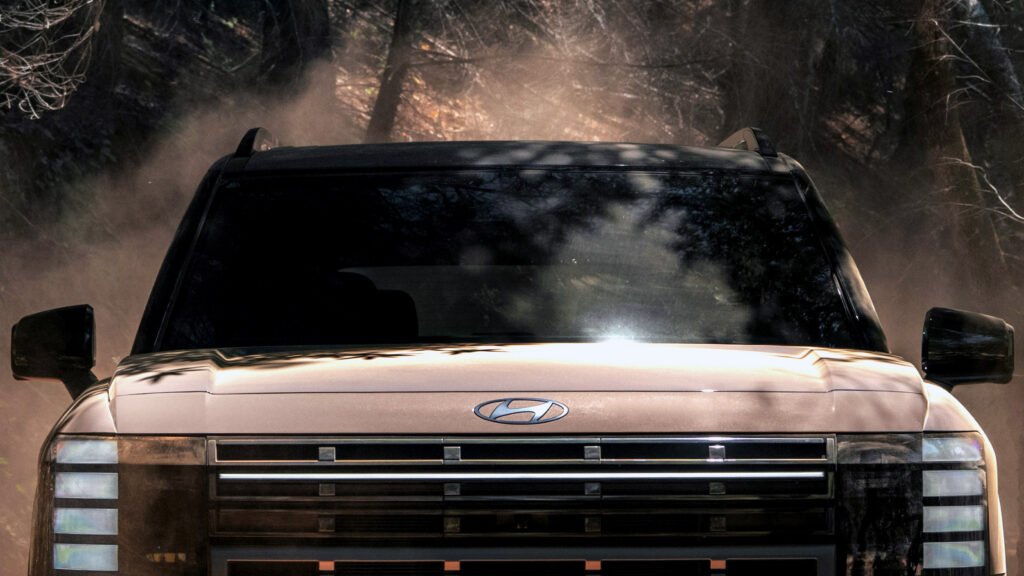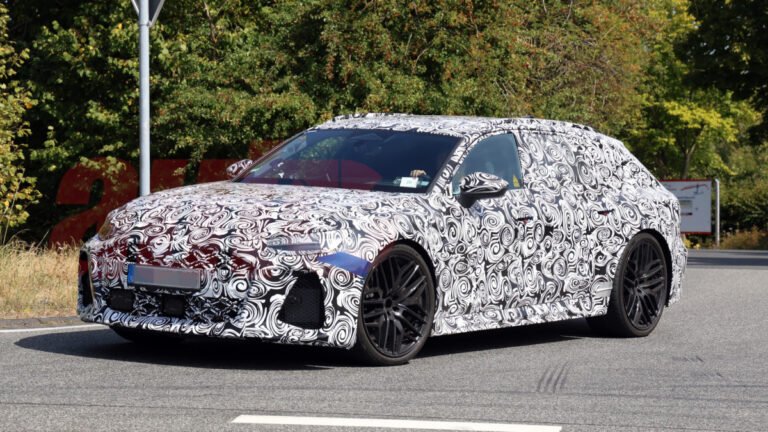

- Hyundai Australia’s boss confirmed a “mind-blowing” pickup arriving by 2028.
- The ladder-frame truck will feature a new range-extender hybrid system.
- Company also confirmed pickups for North America and South America.
Hyundai might be late to the midsize pickup party, but it is coming. The Korean automaker has confirmed it’s developing a truck with GM for South America, due in 2028, along with another pickup for North America by 2030 and a rugged SUV to match.
While those sound quite promising, the latest news comes from Australia, where Hyundai’s local boss has been talking up what he calls a “mind-blowing ute”, the Aussie term for anything with a truck bed.
More: Hyundai’s Pickup Plan Could Also Unleash A Rugged Off-Road SUV
Don Romano, president and CEO of Hyundai’s Australian division, spoke to local media about the new model, saying, “I’m not leaving until I have a ute, and not just any ute.” He noted that his “work permit goes for another two and a half years,” suggesting an Australian launch by 2028.
Pushing Past the Easy Option
As reported by CarExpert, Romano isn’t interested in taking shortcuts or slapping badges on an existing model.
“We could easily take another platform and just go out there and rebadge it, and that’s just not acceptable, especially now,” he said. “With the competition continuing to grow, we need to differentiate ourselves, and there are technologies that we’re currently developing that are different than anything we brought to market.”

He added, “It’s a guaranteed, here’s the date, here’s the vehicle, here’s the differentiating features, and if they produce what they’re talking about at this stage and what we’re working on, it’s going to be mind-blowing, it’s going to be great.”
What Could Power It?
Romano also hinted at what might power the truck: “We can’t really get into it right now, but we do have an option that’s coming out. It’s not necessarily a plug-in hybrid, but it is going to be a different type of hybrid, that’s all I can say.”
Those comments suggest a range-extender hybrid setup (EREV), a system already in development within the Hyundai Group.
More: Hyundai’s Next-Gen Hybrid System Boosts Fuel Efficiency By 45%
In earlier statements, Romano described the ladder-frame chassis of Kia’s upcoming Tasman as “great infrastructure to build from.”
While he voiced some “concerns” about the diesel powertrain, he said he would accept it as a short-term measure until the lineup evolves “in a different direction,” alluding again to a hybrid solution. Kia, for its part, plans to electrify the Tasman range in the near future.
When asked about the GM-sourced platform, Romano’s preference seemed clear. Speaking to Drive, he said, “I don’t think we’re gonna share a platform. I don’t believe that’s an option. I think I have to leave it on the table just in case something goes wrong. But that would not be our main goal. Our main goal is to develop our own Hyundai ute with our own technology that’s unique.”

Targeting The Midsize Truck Segment
While it’s not confirmed whether the Australian-bound truck will mirror one of the models destined for North or South America, all are expected to compete in the same midsize pickup segment.
More: New Toyota Hilux Shows Its Face Ahead Of Global Debut Next Week
Romano admitted that Hyundai needs something to compete with the top two players in Australia’s midsize pickup segment, pointing to the Ford Ranger and the Toyota Hilux.
Other rivals include the Nissan Navara, Mitsubishi Triton, Isuzu D-Max, Mazda BT-50, Kia Tasman, and a growing army of Chinese trucks that have arrived in Australia in recent years.
In the United States, Hyundai’s ladder-frame pickup will square off against the Ford Ranger, Chevrolet Colorado, GMC Canyon, Toyota Tacoma, and Nissan Frontier. Meanwhile, the South American model based on GM’s architecture will take on competitors such as the VW Amarok, Chevrolet S10, Ram Dakota, Fiat Titano, and Peugeot Landtrek.
Is An Ioniq Pickup Next?
Beyond these upcoming models, Hyundai is also developing a fully electric pickup that could eventually join the Ioniq family. If it follows the company’s recent momentum in EV development, the lineup could soon expand from family-friendly crossovers to trucks capable of serious work



